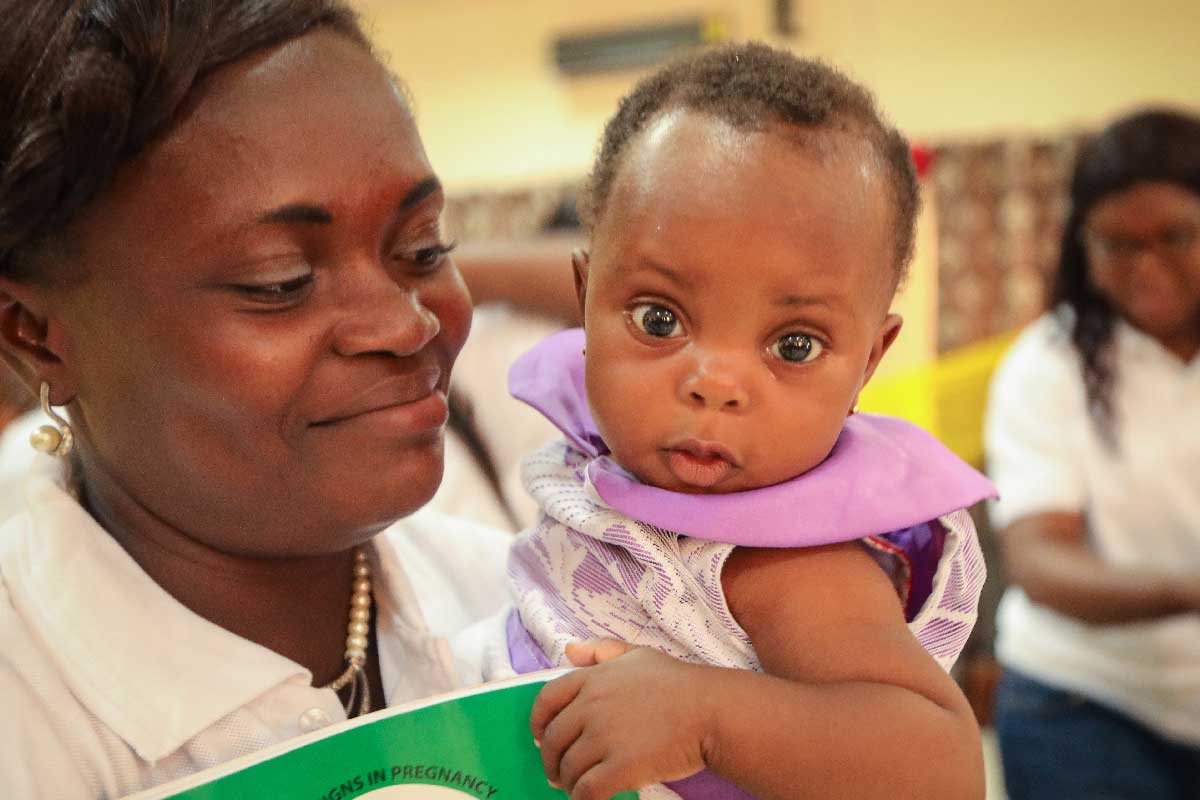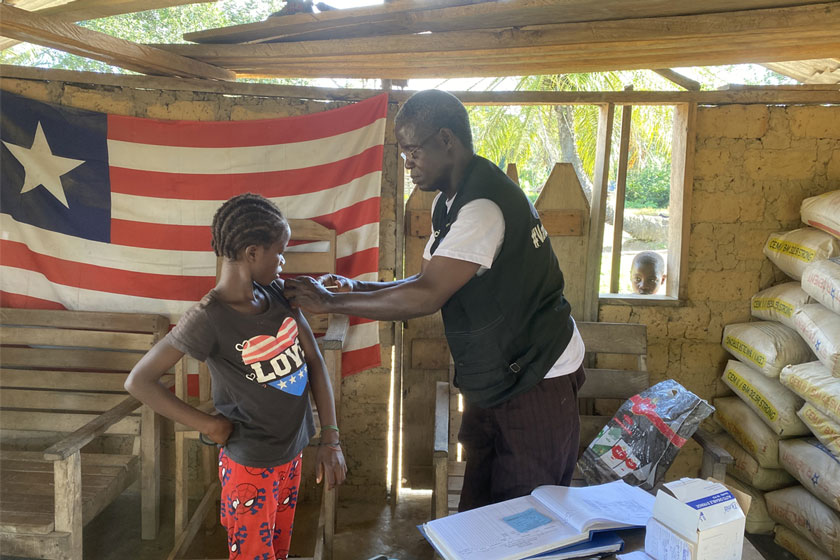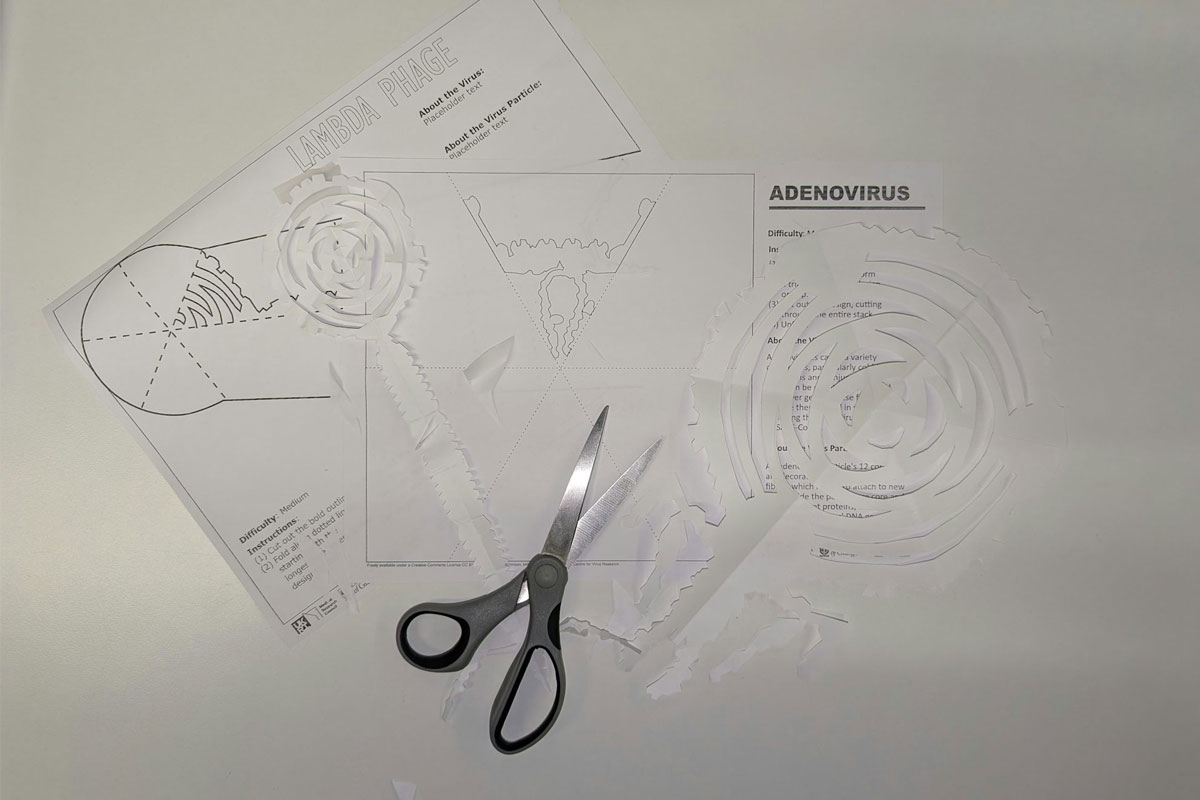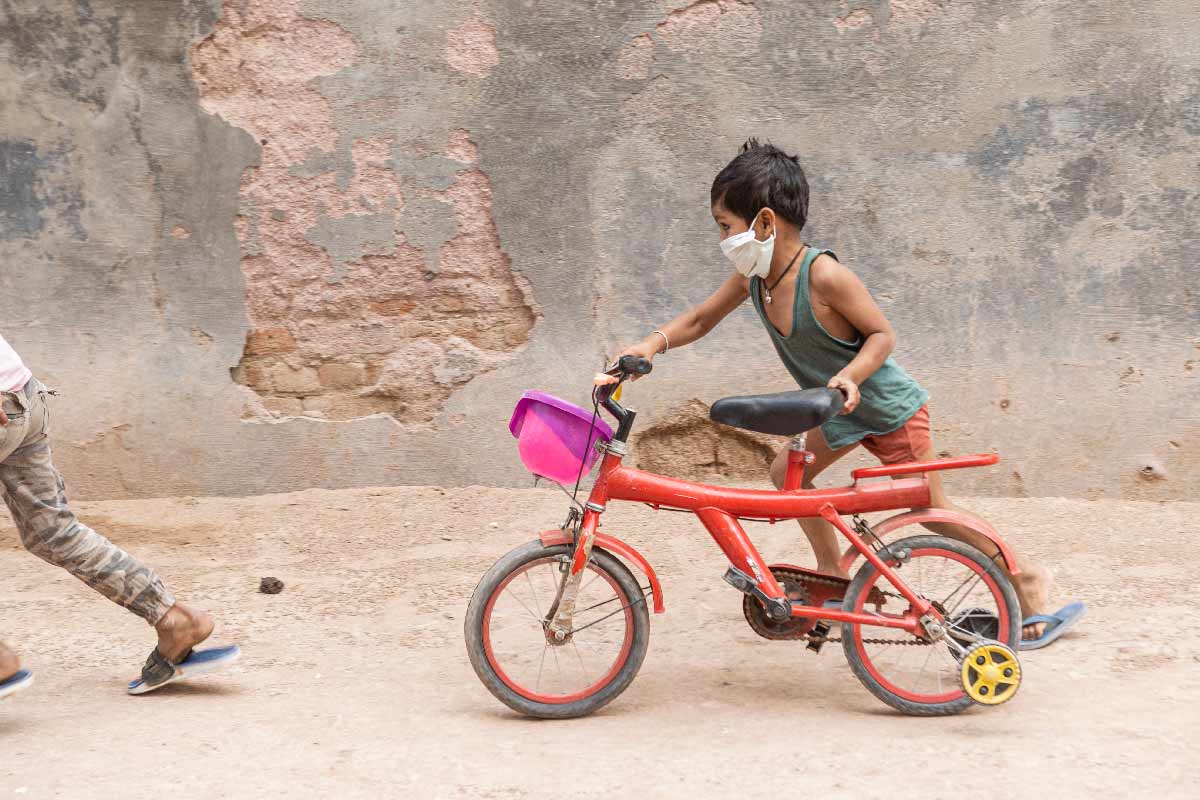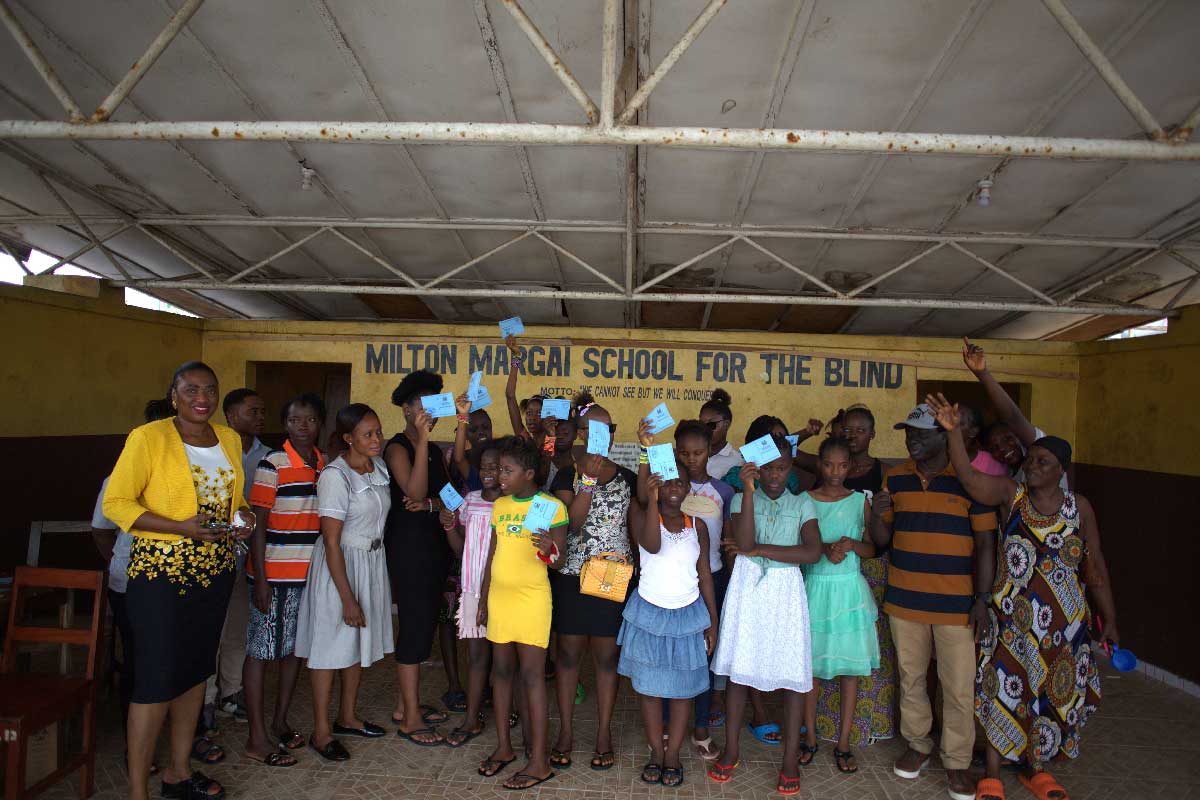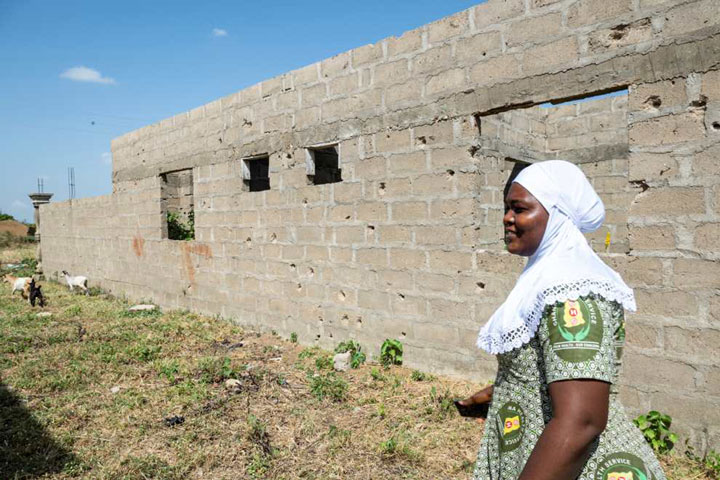Major study exposes huge global inequalities in women’s cancer care
Across 39 countries, women in wealthier nations are far more likely to be diagnosed early for breast, cervical and ovarian cancers.
- 27 October 2025
- 5 min read
- by Linda Geddes
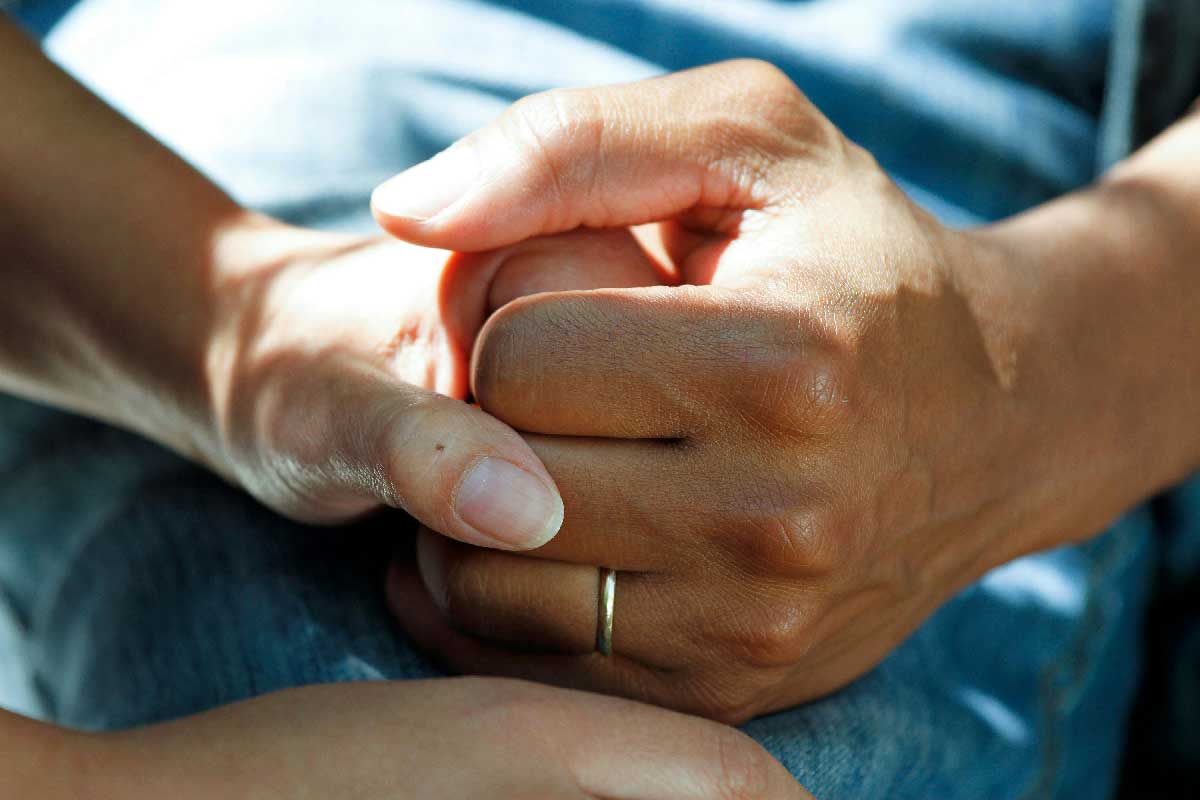
In some parts of the world, a woman diagnosed with cervical cancer can begin treatment within days. In others, she might wait months – or even years.
A new study provides the first global picture of patterns of care for the three most common female cancers, showing that where someone lives still plays a decisive role in how quickly, and effectively, they receive cancer treatment.
The researchers say their findings provide vital real-world evidence to help drive and track global efforts to improve cancer care.
“Ten times larger than any previous high-resolution study, VENUSCANCER offers the first real-world picture of patterns of care and consistency of treatment with clinical guidelines, on a global scale,” said the study’s lead author, Prof Claudia Allemani at the London School of Hygiene & Tropical Medicine in the UK.
How does geography affect cancer care?
For many women, a cancer diagnosis is frightening but often survivable, provided their disease is detected early and they receive timely, appropriate treatment. Yet previous studies have revealed striking differences in breast, cervical and ovarian cancer survival depending on where someone lives.
It has long been suspected that disparities in the time to diagnosis and treatment, as well as in adherence to international cancer care guidelines, might explain some of these survival gaps. But few studies have attempted to compare these factors across many countries – particularly spanning both high- and lower-income settings.
The VENUSCANCER project set out to try and address this. An international team of researchers analysed data from 103 population-based cancer registries in 39 countries – including 15 low-income and middle-income nations.
In total, they examined the care of around 250,000 women diagnosed with breast, cervical, or ovarian cancer, assessing how consistently their treatment followed guidelines from the European School of Medical Oncology (ESMO), the American Society of Clinical Oncology (ASCO) and the US National Comprehensive Cancer Network (NCCN).
They compared how long women waited for their first treatment, the types of therapies they received and how closely care aligned with these international guidelines, building one of the most comprehensive pictures yet of global variation in women’s cancer care.
How many women were diagnosed for breast cancer?
The research, published in The Lancet, found that for breast cancer, fewer than 20% of women in many low- and middle-income countries were diagnosed at an early stage, compared to 40% or more in many high-income countries. The proportion of women diagnosed with advanced breast cancer that had already spread to other tissues was also much higher in low- and middle-income countries.
Among those diagnosed with early-stage breast cancer, the proportion treated with the recommended combination of breast-conserving surgery plus radiotherapy, ranged from about 53% in the USA to 67-78% in most European countries. By contrast, 30–70% of women in low- and middle-income countries were offered a mastectomy (where the entire breast is removed).
How many women were diagnosed for cervical cancer?
For cervical cancer too, a far lower proportion of women in low- and middle-income countries were diagnosed at an early stage – in many settings the figure was below 20% – whereas in high-income countries it was closer to 40%.
There was also substantial variation in how and when treatment was offered, and in how closely care followed international clinical guidelines – with delayed diagnosis and initiation of treatment remaining major issues, especially in lower-resource settings.
Around 80–90% of women with early-stage cervical cancer were treated with surgery in both high- and low- and middle-income countries, but this treatment was absent in sub-Saharan Africa because no women were recorded as having been diagnosed at an early stage.
Treatment for advanced cervical cancer also showed wide variation, with chemotherapy offered to 70-80% of women in most high-income countries, but to less than 50% in most low- and middle-income countries – apart from Uganda (where 77% of women in Kampala received it) and Ecuador (where 72% of women in Quito received it).
“These findings suggest that the delivery of treatment consistent with guidelines, especially in low- and middle-income countries, depends on not only the availability of resources but also how they are deployed,” the researchers said.
What about ovarian cancer?
Regardless of geography, ovarian cancers were mostly diagnosed at a metastatic stage – meaning they’d already spread to other organs and tissues – with fewer than 20% diagnosed at an early stage. This is largely because ovarian cancer tends to produce vague symptoms, such as abdominal pain or swelling, so often goes undetected for a long time.
Almost all women with early-stage ovarian cancer were offered surgical treatment, but consistency with treatment guidelines for advance ovarian cancer showed much wider variation across high- and lower-income settings.
Have you read?
What are the implications for governments and policy makers?
The researchers say these findings should spur governments and health systems to focus not only on expanding access to cancer care, but also on streamlining the path from diagnosis to treatment.
“Efforts to promote improvement of early cancer detection should continue, in all countries,” Allemani said. “Treatment that is consistent with established international clinical guidelines for standard care still varies worldwide, however it’s encouraging to see that if women are diagnosed early, prompt access to optimal treatment for breast, cervical, and ovarian cancers has become more accessible for early-stage tumours in most countries.
“But this only helps if cancer is detected early enough. Sadly, the proportion of women with cancer who are diagnosed at an early stage is still far too low, especially in low- and middle-income countries.”
She added that more radiotherapy facilities and specially trained cancer surgeons were also needed to ensure that women in low- and middle-income countries have access to a full range of treatment options.
Meanwhile, differences in how international treatment guidelines are followed could suggest a need for simpler guidelines, tailored to local needs and resources, and made available in local languages, the team said.


